Identify Common Flower Pests And Diseases To Keep Your Plants Protected
Are you worried about wilting blooms, nibbled leaves or sickly florals? Here’s how to spot common flower pests and diseases so you can tackle and prevent problems
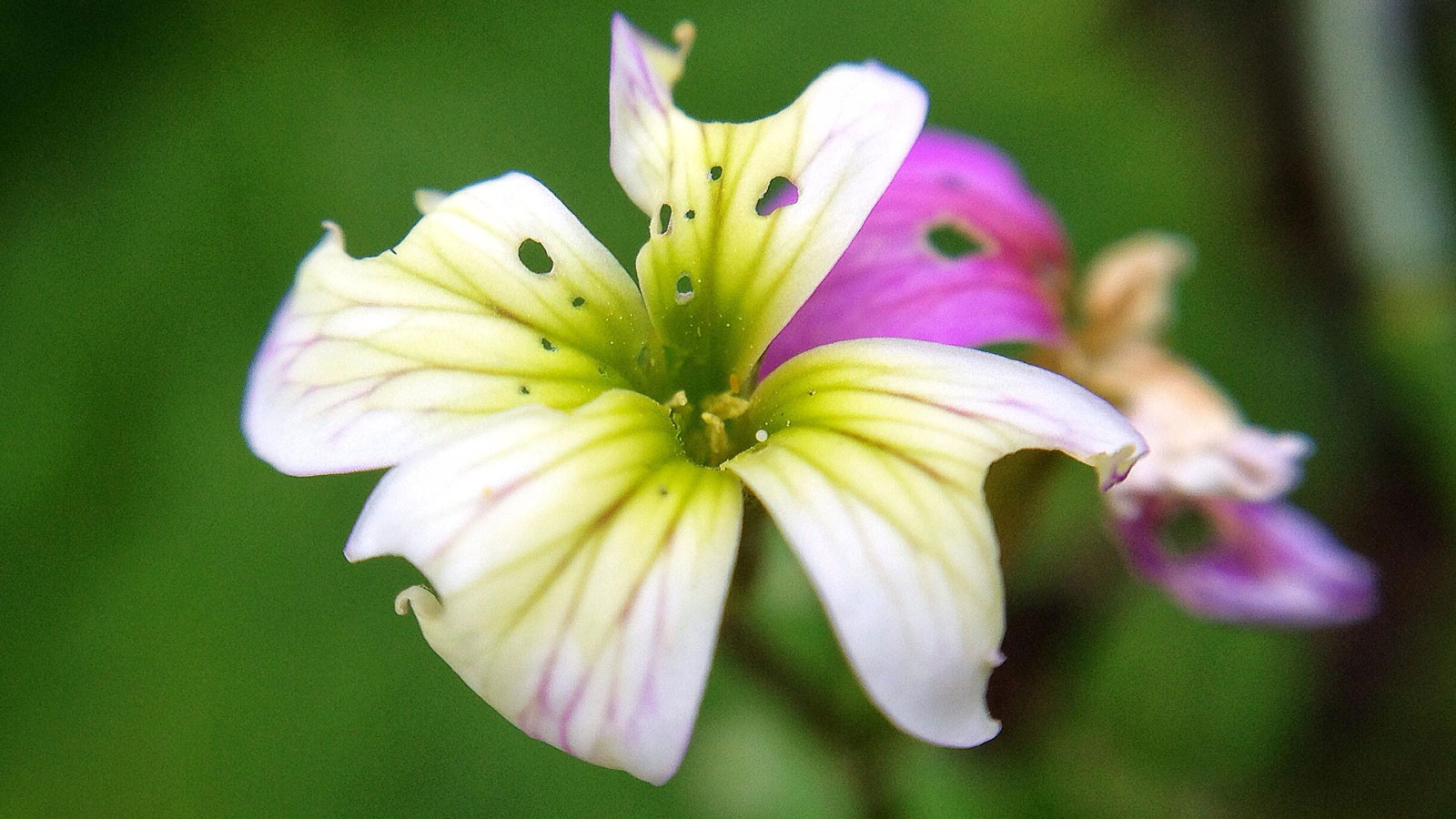

Learning more about common flower pests and diseases and their symptoms can help gardeners quickly diagnose plants and develop an appropriate plan of action. One of the worst things about seeing seemingly healthy blooms fall and fail is that feeling of panic and uncertainty. Faced with the prospect of multitudes of possible flower pests and diseases, how do you narrow it down to a few likely suspects?
Though not always a cause for alarm, sudden changes in the appearance of plants can be a source of worry. Below, we will explore various types of plant pests and diseases that growers are likely to encounter and how to proceed.
Why is My Plant in Trouble?
Plants can begin to show signs of trouble for a variety of reasons. Understanding each potential cause is key for a proper diagnosis. Cultural conditions that have not been adequately met often cause plants to begin to show signs of stress.
Factors such as moisture, temperature, light and even soil fertility all play a role in keeping plants healthy. Pests and diseases can also be responsible for decline in a plant’s vigor. Knowing how to identify the most common types of plant pests and diseases will help gardeners to better assess the cause and severity of the problem.
Common Flower Pests
1. Aphids
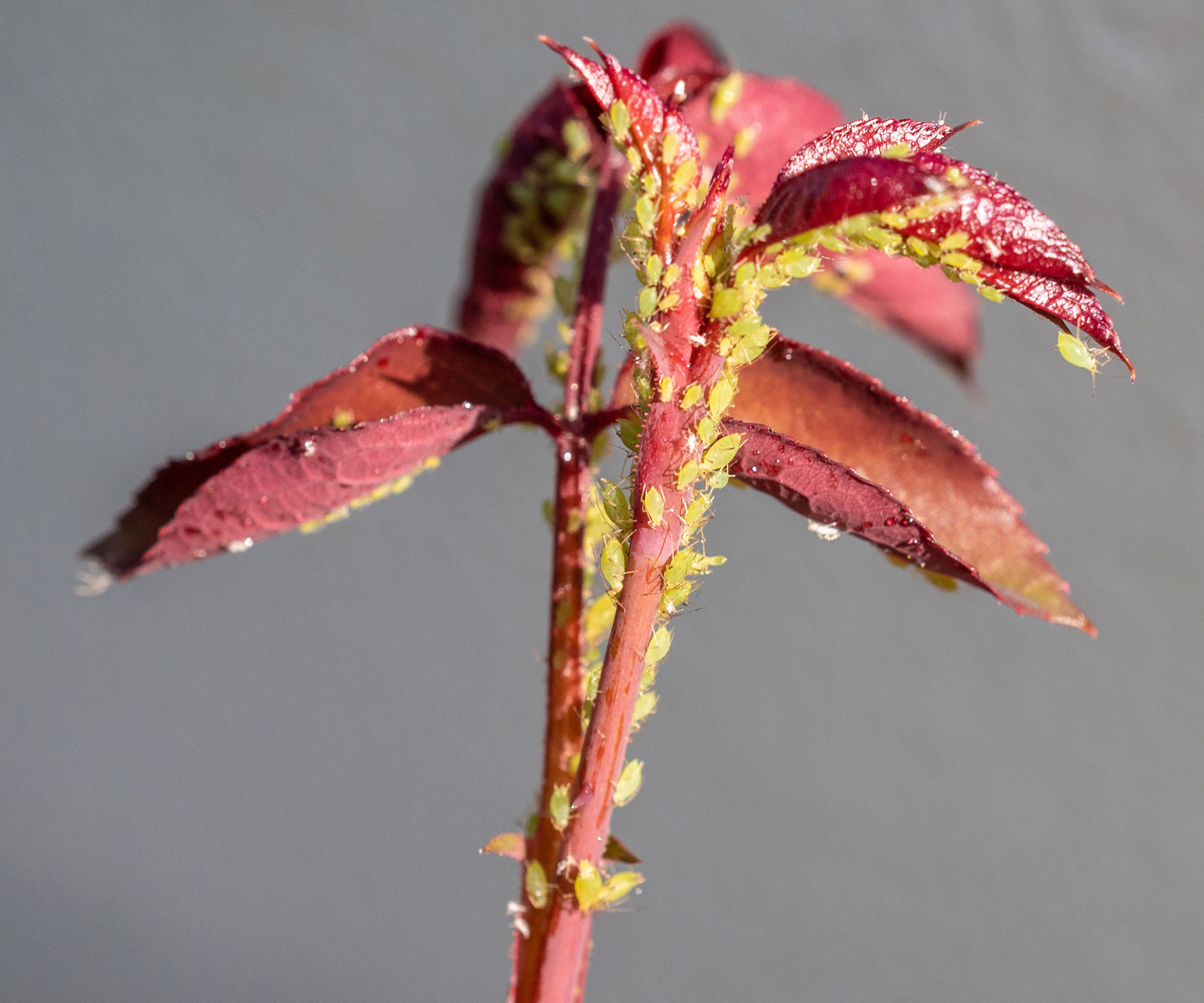
Aphids are among the most common flower pests. With thousands of species, the small insects feed across a wide range of garden plants. With their sucking mouth-parts, aphids feed on the sap of tender leaves and stems. Severe infestations of aphids may cause foliage to begin yellowing or become deformed.
2. Borers
The term ‘borer’ is used to refer to a variety of insects whose larvae burrow into the stems, branches, stalks, or even roots of plants. Once inside, borers feed on matter, ultimately affecting the plant’s ability to regulate moisture and nutrients. As the pest remains hidden during this portion of its lifecycle, identifying and treating for borers can be extremely difficult.
3. Caterpillars
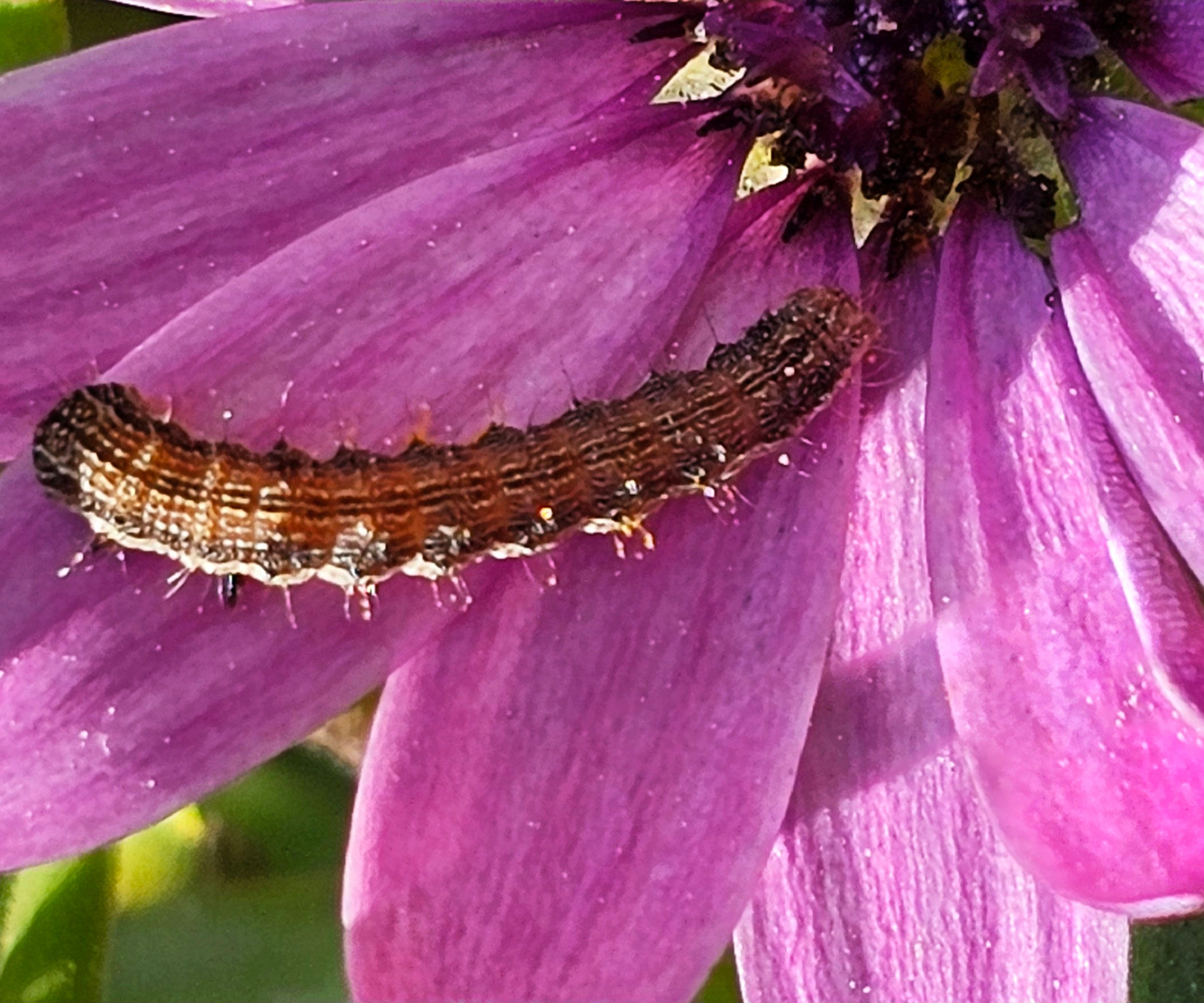
Though technically the larval stage of one of many insect species, nuisance caterpillars are known for their ability to quickly and efficiently defoliate plants. This group also includes cutworms, which are known to attack plants directly at the soil’s surface. Fortunately, the presence of caterpillars can usually be controlled easily through hand-picking and/or other organic means.
Gardening tips, videos, info and more delivered right to your inbox!
Sign up for the Gardening Know How newsletter today and receive a free copy of our e-book "How to Grow Delicious Tomatoes".
4. Japanese Beetles
Japanese beetles are a major nuisance pest throughout much of the United States. Each summer, iridescent beetles gather in large numbers to feed on bedding, ornamentals and edible crops. Though severe infestations seldom lead to the loss of plants, the pests are able to consume the foliage of large specimens quickly. Japanese beetle control can be achieved through the use of preventative sprays, pheromone traps, and an assortment of other techniques.
5. Thrips
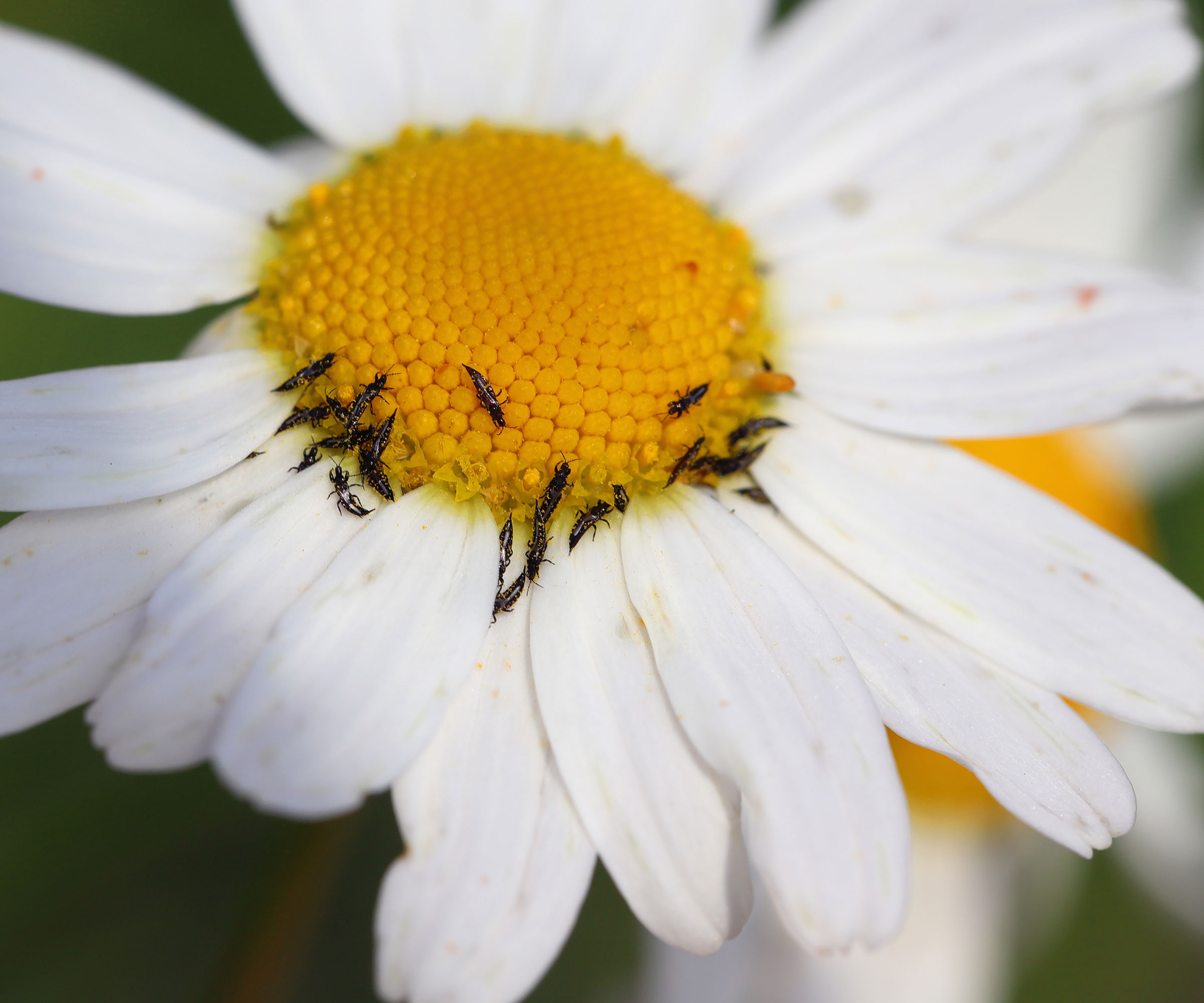
Similar to aphids, thrips are a small insect that feeds on the sap of plants. Infected leaves are likely to first show signs of thrip damage in the form of chlorosis or the development of small yellow spots. Thrips may also play a role in the spread of disease from one plant to another.
Common Flower Diseases
1. Blight
Various types of blight are among the most common diseases of flowers. Fungal and bacterial pathogens are spread to the plant by water and/or by feeding insects. Discoloration and the development of lesions are often among the first signs of infection. As the disease progresses, gardeners can expect a rapid decline in plant health, leading to its loss. All matter infected by blight should be removed from the growing space immediately.
2. Leaf Spot
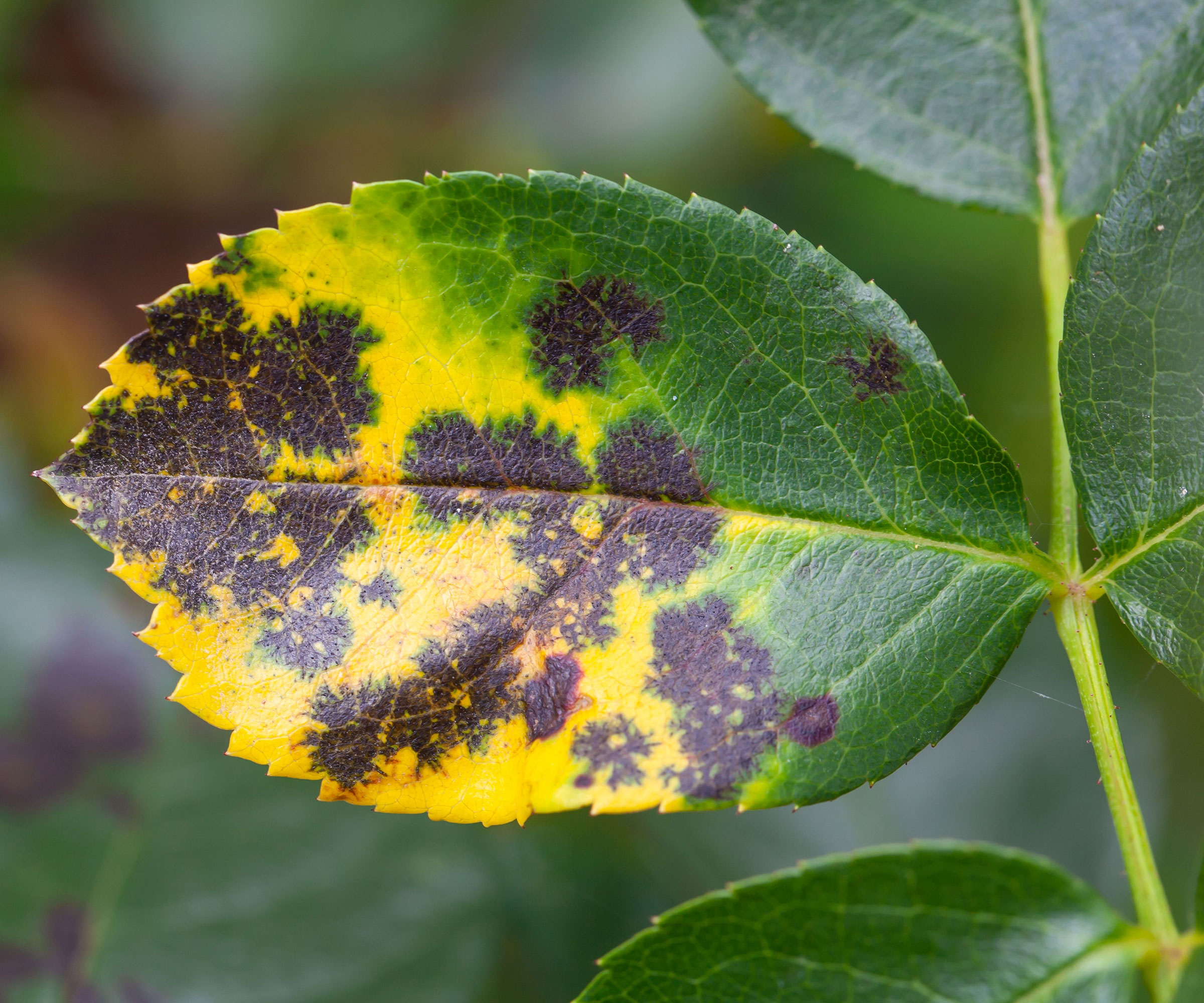
Identifying leaf spot diseases can be difficult, as spotting is a symptom of different problems. Most cases of leaf spot are caused by a fungal infection. Dark spots, surrounded by a thin yellow margin, are most likely to occur under relatively wet conditions or high humidity. Leaf spot is one of the most common diseases of flowers.
3. Rot
In many instances, rot is considered to be an advanced symptom of disease. This means that infection has progressed to the point that the plant’s vital processes have been impacted. However, it may also occur where conditions for growth are less than ideal. This includes soils that drain poorly or remain waterlogged for extended periods of time. Growers hoping to save plants that have started to show signs of rot disease will need to act posthaste, as time is of the essence.
4. Powdery Mildew
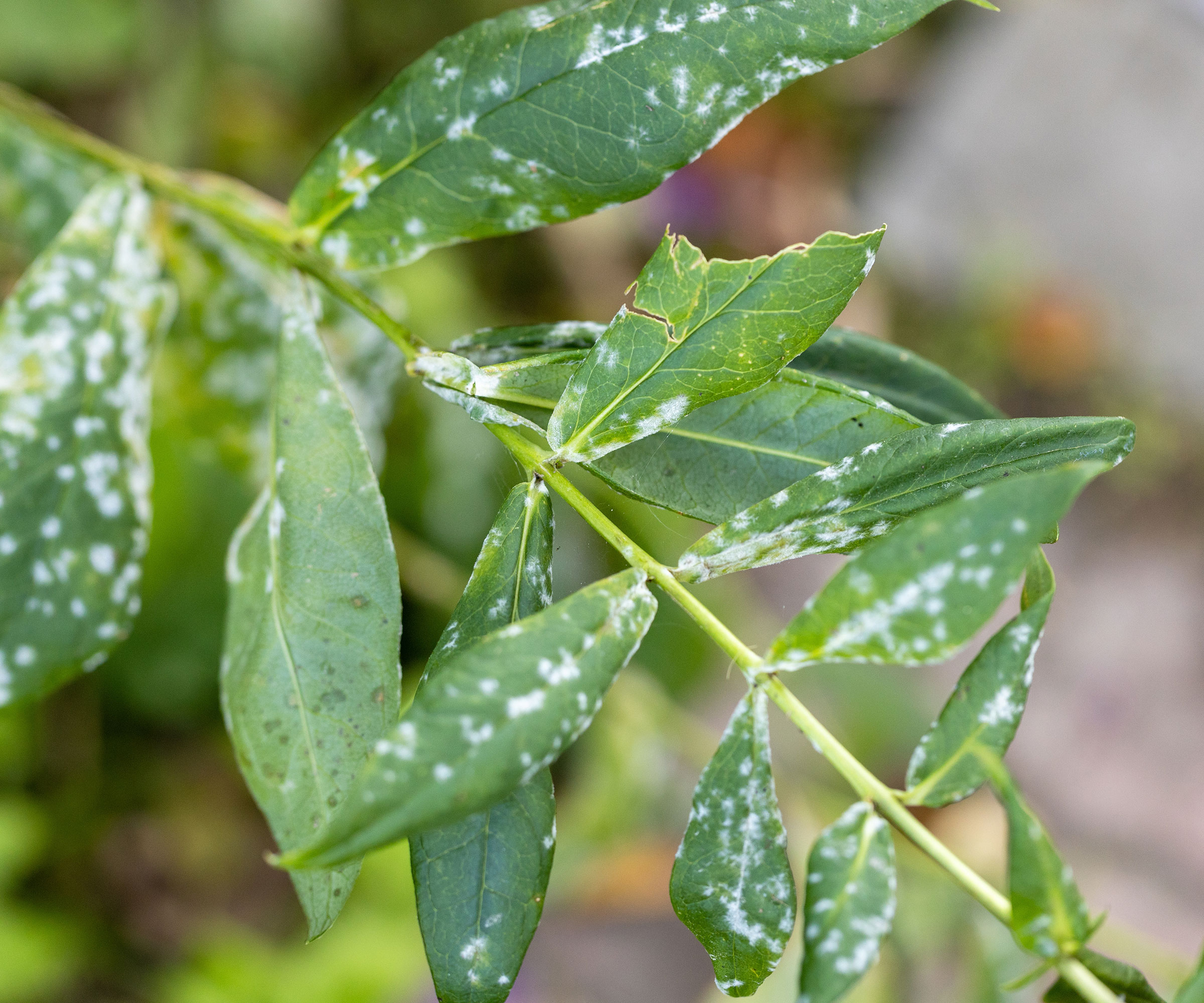
Among the most common flower diseases, various types of mildew can also be found in edible spaces. In the case of powdery mildew, pathogens settle onto the leaves of plants, where they continue to grow. Soon, the entire surface is covered in a white, dust-like film. Though some mildew types will only affect the outer appearance of plants, those like downy mildew, can quickly lead to their demise.
5. Wilt
While most are familiar with wilt as a result of a lack of water, its cause can also be related to both insects and the presence of pathogens. Borers and other pests that directly impact the plant’s vascular system are of special concern. Wilting that occurs over a prolonged period of time is likely the result of disease. Wilt diseases include bacterial leaf scorch, fusarium wilt and verticillium wilt.
Frequently Asked Questions
Which Are The Biggest Viral Diseases For Flowers?
Determining which viral disease is the biggest issue in flowers can be difficult, and varies by region. Infections like tobacco mosaic virus and cucumber mosaic virus have been shown to affect several garden species, including ornamental and edible crops. When considering common flower pests and diseases, these viral diseases can crop up frequently.
Which Are The Biggest Bacterial Diseases For Flowers?
Like viral diseases, the most prominent bacterial diseases in the garden will vary. However, instances of bacterial wilt, leaf spot and blight remain amongst the most common bacterial infections that can occur in your backyard or garden.

Tonya Barnett has been gardening for 13 years. Flowers are her passion. She has transformed her backyard into a cut flower garden, which she regularly chronicles on her YouTube channel http://www.youtube.com/@tonyawiththeflowers.
-
 Looking For Plants To Give You The Soft And Fuzzies? Try These 5 Fuzzy Leaf Plant Options
Looking For Plants To Give You The Soft And Fuzzies? Try These 5 Fuzzy Leaf Plant OptionsLovers of texture, drama, silver foliage and tactile plants will adore these special sensory garden additions. These fuzzy leaf plant options will leave you all aglow
By Susan Albert
-
 Get Ready For A Summer Of Hummers! Grow These Full Sun Hummingbird Plants and Flowers
Get Ready For A Summer Of Hummers! Grow These Full Sun Hummingbird Plants and FlowersIf you’re lucky enough to enjoy a sunny backyard, make sure you are maxing out on your pollinator opportunities and grow these full sun hummingbird plants and flowers
By Tonya Barnett
-
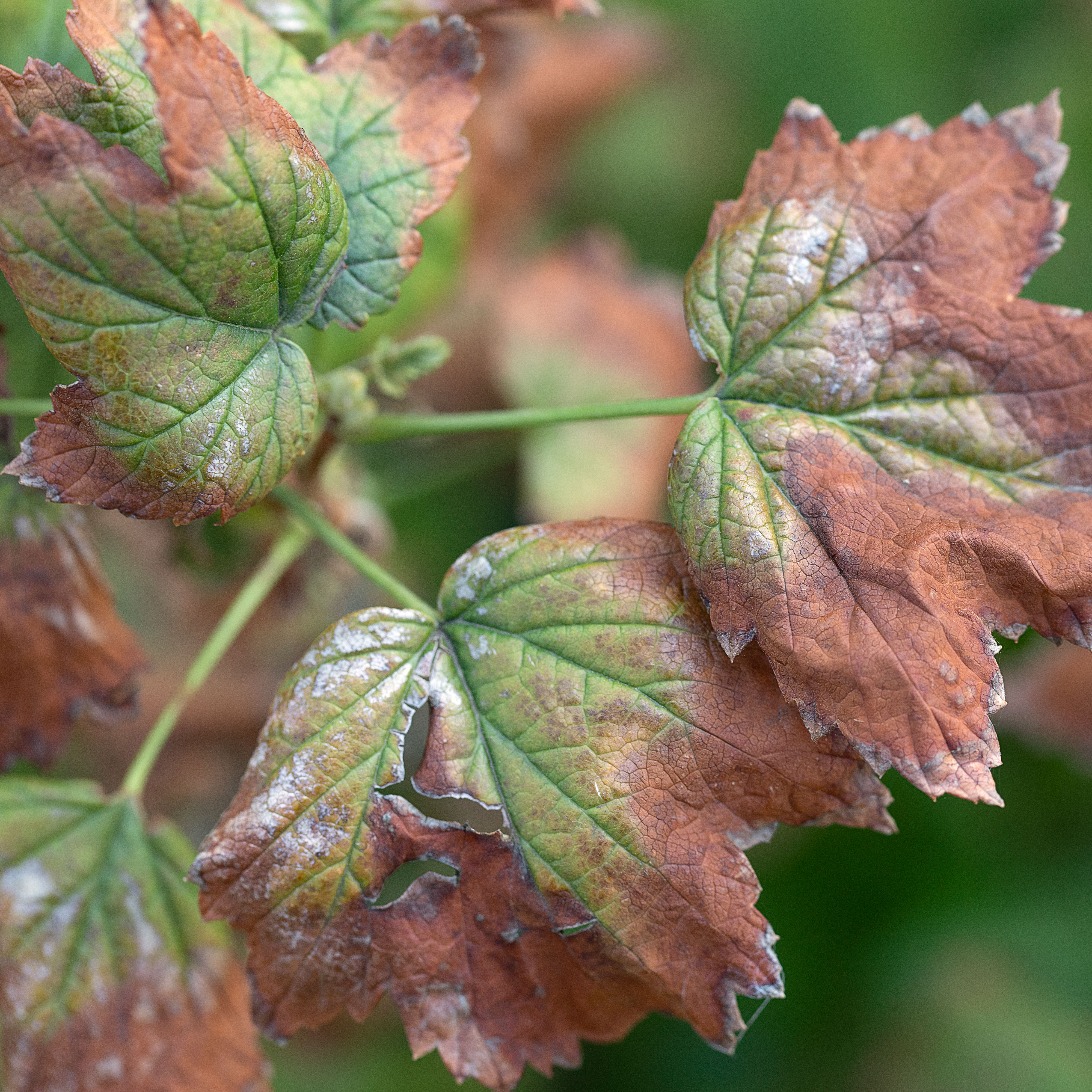 Do You Know The Most Common Garden Plant Diseases? 5 Problems You Need To Avoid
Do You Know The Most Common Garden Plant Diseases? 5 Problems You Need To AvoidDon’t let your precious crops and ornamentals fall victim to garden ailments! We show you how to identify and hopefully prevent 5 common garden plant diseases
By Tonya Barnett
-
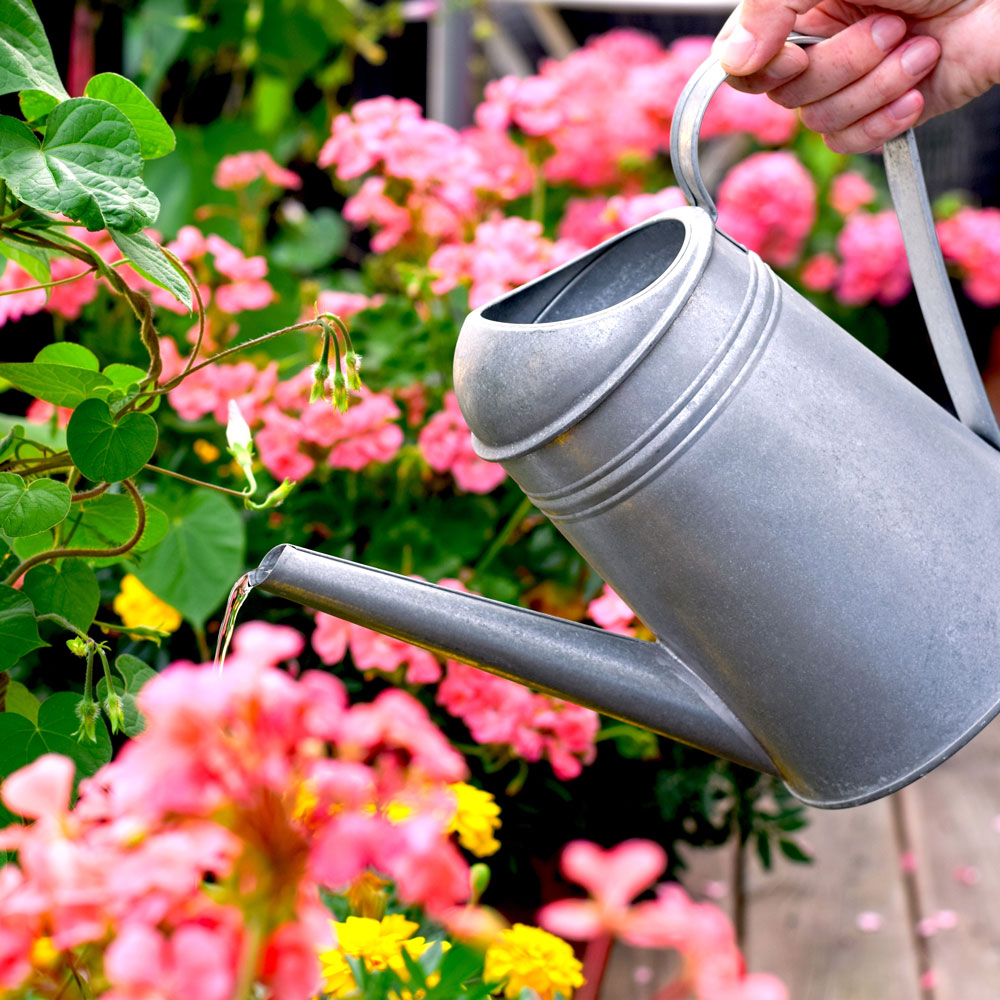 Worst Time To Water Plants: Don’t Make These Common Timing Mistakes When Watering!
Worst Time To Water Plants: Don’t Make These Common Timing Mistakes When Watering!Good watering isn’t just about knowing how, but when. We figure it’s just as important to know the worst time to water plants – so here are the big moments to avoid!
By Amy Grant
-
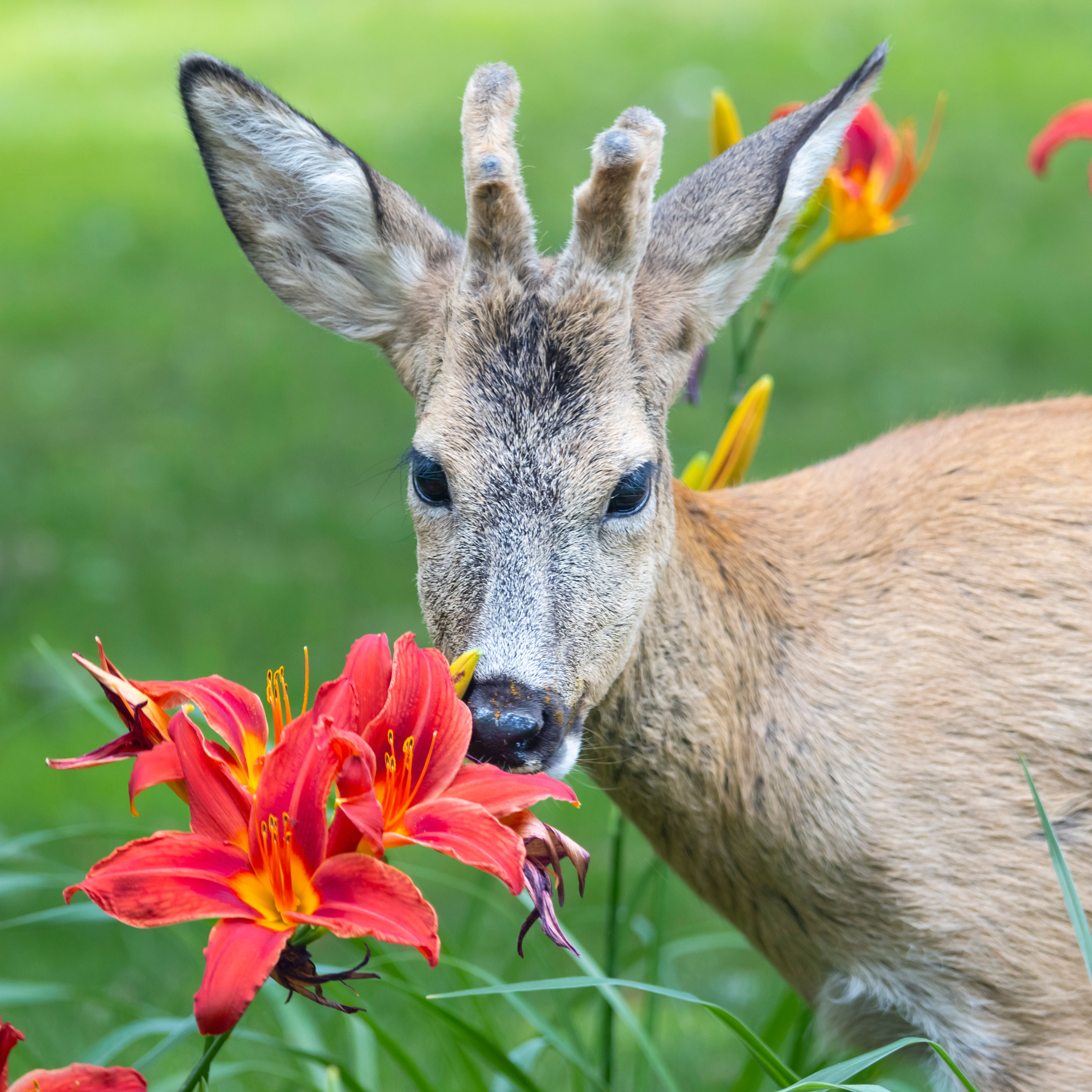 8 Deer-Resistant Perennials That Can Survive Even The Greediest Grazers
8 Deer-Resistant Perennials That Can Survive Even The Greediest GrazersWorried about your gorgeous garden plants getting nibbled and chewed by four-legged feeders? Try these deer-resistant perennials to keep them at bay.
By Amy Grant
-
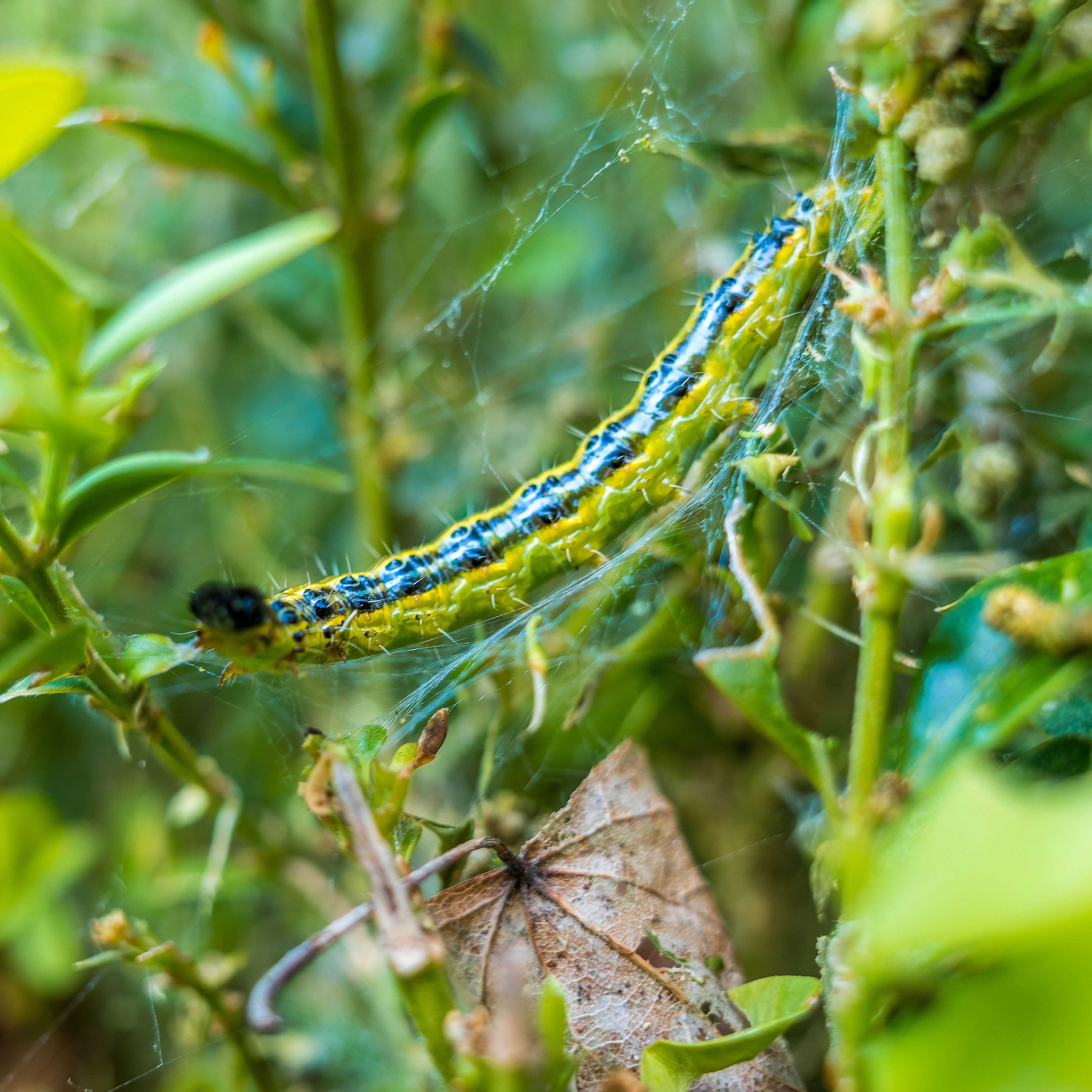 Do You Have Boxwood Leafminer? Identify and Remove This Boxwood Pest
Do You Have Boxwood Leafminer? Identify and Remove This Boxwood PestThe boxwood leafminer can do major damage to boxwood shrubs and can even prove fatal to plants. Find out how to maintain plant health for better plants.
By Mary Ellen Ellis
-
 Does Your Tree Have Douglas Fir Tussock Moth? How To Tackle This Evergreen Pest
Does Your Tree Have Douglas Fir Tussock Moth? How To Tackle This Evergreen PestIf your gorgeous Douglas fir is looking sickly or defoliated, there’s one pest you’d better check for, and fast! We show you how to tackle the Douglas fir tussock moth
By Mary Ellen Ellis
-
 Norfolk Island Pine Problems: Tackle Norfolk Island Pests & Diseases
Norfolk Island Pine Problems: Tackle Norfolk Island Pests & DiseasesWhile Norfolk pine can be a dream to grow both outdoors and inside, it is prone to pests and diseases. We outline the best ways to tackle (and prevent) key Norfolk Island pine problems
By Teo Spengler